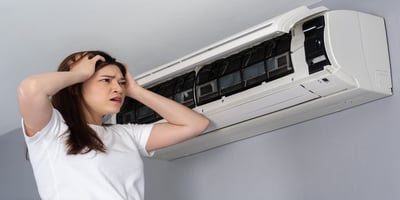Minimum Outside Temperature for Air Conditioner: Main Rules During the Cold Season
Key Takeaways
- Never run your AC when the outdoor temperature drops to 62°F or below. While manufacturers list 60°F as the minimum, operating at 62°F already puts your system at risk of frozen coils and compressor damage.
- Cold-weather operation leads to expensive repairs. Frozen evaporator coils, compressor failure ($1,200-$2,500), and refrigerant line damage can result from a single night of running your AC in 45°F weather, with total repair bills exceeding $1,500.
- Frozen coils require immediate shutdown and 2-12 hours of defrost time. If you notice reduced airflow, water dripping, or frost on refrigerant lines, turn off your system and switch to fan-only mode. Never use external heat sources to speed up defrosting.
- Heat pumps operate safely down to 40-50°F in cooling mode. Unlike standard air conditioners, heat pumps are designed for year-round use and handle colder temperatures better, making them ideal for homes that need cooling during fall and spring.
Smart thermostats prevent cold-weather damage automatically. Program your thermostat to disable cooling when outdoor sensors detect temperatures below 62°F—this failsafe protects your system even when you forget to adjust settings manually.
October's warm afternoons often fool homeowners into running their air conditioners, but when nighttime temperatures drop to 45°F, those running units freeze solid—ice coating refrigerant lines, water dripping onto floors. These preventable failures result in repair bills between $200 and $1,500.
Air conditioners need warm outdoor air to function properly. Drop below 60°F, and refrigerant pressure crashes, coils freeze, and compressors strain. This guide explains exactly when to shut down your cooling system, what happens when temperatures fall too low, and how to handle frozen equipment before facing expensive repairs.
AC Temperature Limits Explained
Your air conditioner stops working safely when outdoor temperatures fall too low. Instead, it becomes an expensive ice-making machine that damages itself in the process. Here's where different systems draw the line:
|
AC System Type |
Minimum Operating Temperature |
Special Considerations |
|---|---|---|
|
Standard Central AC |
60-65°F (15-18°C) |
Hard stop—no exceptions without modifications |
|
Heat Pump Systems |
40-50°F (4-10°C) |
Built for cooler operation; includes heating mode |
|
Window/Portable Units |
60°F (15°C) |
Varies by brand; cheaper units fail faster in cold |
|
Mini-Split Systems |
50-60°F (10-15°C) |
Newer models handle lower temps better |
|
Commercial HVAC |
Varies widely |
Engineered for year-round operation |
The 62°F rule: While manufacturers list 60°F as the minimum, operating your AC when outdoor temperature reaches 62°F already pushes your system toward failure. At 62°F, refrigerant pressure drops, efficiency plummets, and coil freezing becomes likely. Treat 62°F as your shutdown temperature, not 60°F.
Your owner's manual lists the exact number for your model. Can't find it? Call the manufacturer or check their website. This number determines when you risk turning your cooling system into a frozen liability.
Heat pumps deserve special mention. Unlike standard air conditioners that only cool, heat pumps reverse their operation to provide heating. This dual capability means they're engineered to handle colder outdoor temperatures—but they still have limits. Even heat pumps struggle below 25°F, which explains why many systems include backup electric or gas heat for deep winter.
What Happens When AC Runs in Cold Weather
Running your air conditioner below 60°F triggers a cascade of problems. At 62°F outdoor temperature, your system already operates at the edge of safe conditions—any colder and you risk immediate damage.
Frozen Evaporator Coils
The most common cold-weather problem happens fast. Run your AC for just 30 minutes in 50°F weather and frost starts forming. Within three hours, solid ice blocks surround refrigerant lines.
Signs your coils have frozen:
- Reduced airflow from vents (ice blocks air passage)
- Water dripping from indoor unit (ice melting)
- Frost visible on refrigerant lines
- AC running constantly but not cooling
- Higher-than-normal indoor humidity
- Hissing or bubbling sounds from refrigerant lines
Compressor Damage
Cold weather forces the compressor to pump against incorrect pressures. The motor works harder. Temperature rises inside the compressor even though it's cold outside. Electrical windings overheat. Bearings wear down. Compressor failure costs $1,200-$2,500 for parts and labor—often half the cost of full system replacement on older units.
Additional Cold-Weather Problems
Refrigerant line freezing creates bottlenecks where liquid refrigerant backs up in lines designed for vapor. This causes slugging (liquid hitting the compressor), pressure spikes, and potential mechanical failure.
Reduced efficiency hits your wallet even without visible damage. An AC running in 55°F weather consumes 40% more electricity while providing 60% of normal cooling capacity. Some units pull 3,500 watts trying to cool a 72°F house when outdoor temps hit 50°F—equivalent to running three space heaters simultaneously.
Condensate drain freezing causes water damage when the drain pipe freezes and water backs up into your home. Drywall repair from drain overflow can cost $500-$2,000.
 Safe Operating Guidelines for Cold Weather
Safe Operating Guidelines for Cold Weather
October through November brings unpredictable weather. Mornings start at 45°F, afternoons hit 78°F, evenings drop to 52°F. You need cooling in the afternoon but risk damage running your AC overnight.
Most air conditioners should never run below 62°F outdoor temperature. Even though 62°F falls within the manufacturer's 60-65°F range, operating at this temperature puts your system at risk. The closer you get to 60°F, the more likely problems develop. When outdoor temperature hits 62°F, turn off your AC.
Check weather forecasts before bedtime – This simple habit prevents most cold-weather AC damage. If the overnight low dips below 62°F, turn off your AC before sleeping. Open windows for free cooling instead.
Set thermostats to emergency cutoffs – Many smart devices can be programmed to disable cooling when outdoor temperature sensors read below 62°F. This failsafe protects your system even if you forget to turn it off manually.
Use fan-only mode strategically – Need air circulation without cooling? Switch to fan-only mode. Your blower runs, moving air throughout your home, but the compressor stays off. No refrigerant circulates. No risk of freezing. This works well for mild evenings when you want air movement but don't need actual cooling.
Inspect outdoor units during marginal weather – When outdoor temps hover between 55-65°F and you're still running your AC, check the outdoor unit every two hours. Look for:
- Frost on refrigerant lines
- Ice on the outdoor coil fins
- Water dripping from unusual places
- Fan running slower than normal
See frost? Shut down immediately.
Maintain clean air filters year-round – Dirty filters restrict airflow, making coils more prone to freezing even in warm weather. This problem amplifies in cold weather. Check filters monthly during cooling season. Replace standard 1-inch filters every 30-90 days. Clean reusable filters every 30 days.
Consider upgrading to a heat pump – Planning to replace your current system? Heat pumps provide both heating and cooling, operating safely down to 40-50°F in cooling mode. Some modern heat pumps include "low ambient cooling" features that allow safe operation down to 35°F—perfect for those occasional cool nights when you still need to remove humidity.
Install wind baffles for exposed locations – If your outdoor unit sits in a location that catches strong winds (roof installations, exposed corners), wind can artificially lower the effective temperature around your condenser. Wind chill doesn't technically affect machines, but high wind speeds do increase heat transfer from the coil, producing similar effects to lower ambient temperatures. Wind baffles help maintain stable operating conditions.
Schedule professional maintenance in September – Beat the fall rush. Have a technician inspect your system in early September while the weather's still warm. They can:
- Check refrigerant levels (low refrigerant makes freezing more likely)
- Test compressor operation
- Clean coils (dirty coils freeze faster)
- Verify proper airflow
- Inspect electrical connections
- Test thermostat accuracy
This inspection costs $75-150 but identifies problems before cold weather exposes them.
AC Freezes Winter Prep
 What to Do If Your AC Freezes
What to Do If Your AC Freezes
You walked past your vents and noticed weak airflow. You checked the indoor unit and saw ice. Follow these steps immediately:
Step 1: Shut Down the System. Turn off the AC completely at the thermostat—don't just raise the temperature. If you have a disconnect switch near your outdoor unit, flip that too. Every second the compressor runs while frozen adds stress to the system.
Step 2: Switch to Fan-Only Mode. After shutdown, return to your thermostat and select fan-only mode. This keeps air moving across frozen coils, accelerating defrost. Thin frost melts in 2-4 hours. Heavy ice buildup needs 8-12 hours.
Step 3: Prepare for Water. Place towels under the indoor unit. A frozen unit might release 2-5 gallons during defrost. Keep a shop vac nearby if available.
Step 4: Replace Air Filters. While waiting for defrost, check your air filter. A clogged filter restricts airflow and contributes to freezing even in moderate temperatures. Replace if you can't see light through it.
Step 5: Test Carefully After Defrosting. Once all ice melts, wait 30 additional minutes, then restart. Watch closely for 30 minutes. The unit should blow cold air within 5-10 minutes with no frost forming on refrigerant lines.
Call a Professional If:
- Ice forms again within 30 minutes (and outdoor temp exceeds 65°F)
- You hear hissing sounds or see oily residue on refrigerant lines
- System won't restart after complete defrosting
- Grinding, squealing, or clicking noises emerge after freezing
- Water damage appears around the unit
Professional diagnostics cost $75-150. Repairs range from $200 (leak repair) to $2,500 (compressor replacement). That diagnostic call often prevents thousand-dollar mistakes.
Preparing Your Home for Winter
Late October signals time to shift from cooling to heating. This transition protects your AC and prepares your home for winter.
AC Winterization Checklist
Turn off the disconnect switch near your outdoor unit to prevent accidental activation. Kids or guests can't damage the system if the disconnect is off.
Cover the outdoor condenser with a breathable AC cover (not plastic tarps) once cooling season ends. This protects against snow, ice, and debris while allowing moisture to escape.
Clear debris within 3 feet of the unit—remove leaves, grass clippings, and branches. Trim back plants to maintain 2-3 feet of clearance for next spring.
Energy Efficiency Quick Wins
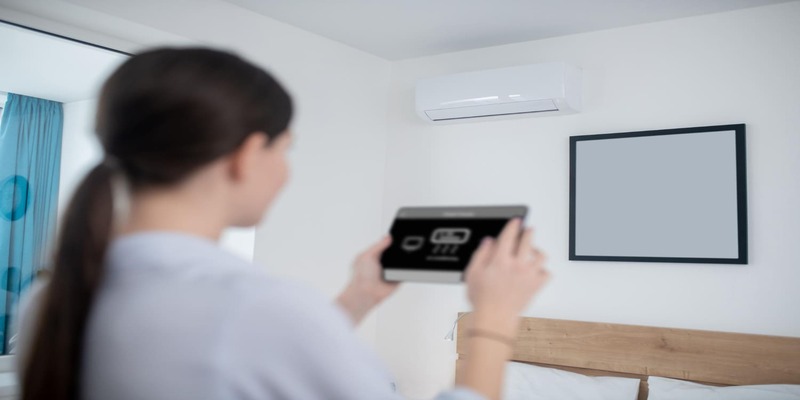
Seal air leaks before heating season begins. Check window frames, door thresholds, electrical outlets on exterior walls, and attic access doors. Caulk and weatherstripping cost $50-200 but cut heating costs by 10-20%.
Verify attic insulation depth. You should have 12-20 inches of fiberglass insulation depending on your climate zone. If you see floor joists, you need more insulation.
Program thermostats for winter with these settings:
- 68°F when home and awake
- 62-65°F when sleeping
- 60-62°F when away (8+ hours)
- Never below 55°F (risks frozen pipes)
Every degree you lower saves approximately 3% on heating costs. Smart thermostats (Nest, Ecobee, Sensibo) automate these adjustments based on your schedule.
Schedule heating system maintenance before winter arrives. Annual furnace or boiler service ($80-150) includes filter replacement, burner inspection, heat exchanger checks, and safety switch testing—preventing breakdowns during cold weather.
FAQ
Can I run my AC if it's 65°F outside but 78°F inside my house?
Yes, 65°F outdoor temperature sits within the safe operating range for most air conditioners. However, check your weather forecast—if temperatures will drop below 62°F within the next few hours, open windows for cooling instead of running your AC.
What should I do if my AC freezes during the night?
Turn off the system immediately at the thermostat. Switch to fan-only mode to circulate air and speed defrosting. Place towels under the indoor unit to catch water. Allow 2-4 hours for thin frost, or up to 12 hours for heavy ice buildup. Don't restart until all ice has melted completely.
Why does my AC freeze in summer when it's 75°F outside?
Summer freezing indicates problems beyond cold weather: low refrigerant from leaks, dirty air filters restricting airflow, blocked return vents, or dirty evaporator coils. Call an HVAC technician for diagnosis—you likely need refrigerant leak repair or coil cleaning.
Is it safe to run my AC during fall when daytime temps are 75°F but nights drop to 50°F?
Only during daytime hours. Turn off your AC before sunset if nighttime temperatures will fall below 62°F. Opening windows provides free cooling overnight without risking equipment damage.
How much does cold-weather AC damage typically cost to repair?
Repair costs vary by damage type: coil cleaning ($100-$400), refrigerant leak repair ($200-$1,500), blower motor replacement ($300-$600), compressor replacement ($1,200-$2,500). Prevention costs nothing—just turn off your AC at 62°F outdoor temperature.


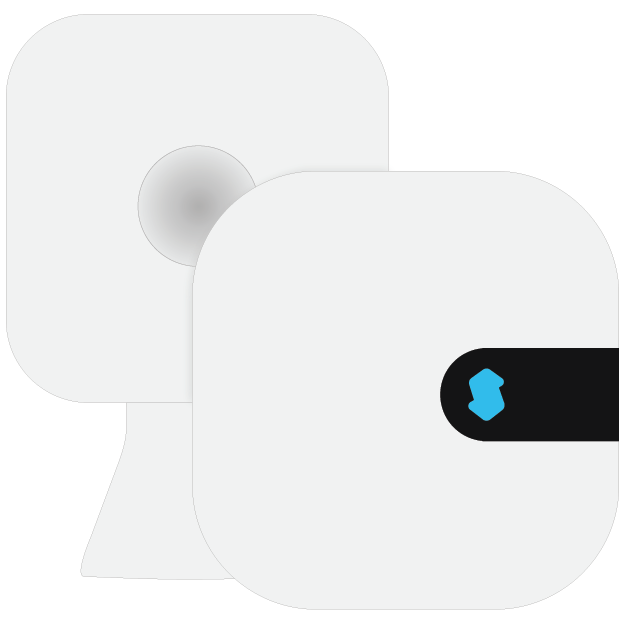

























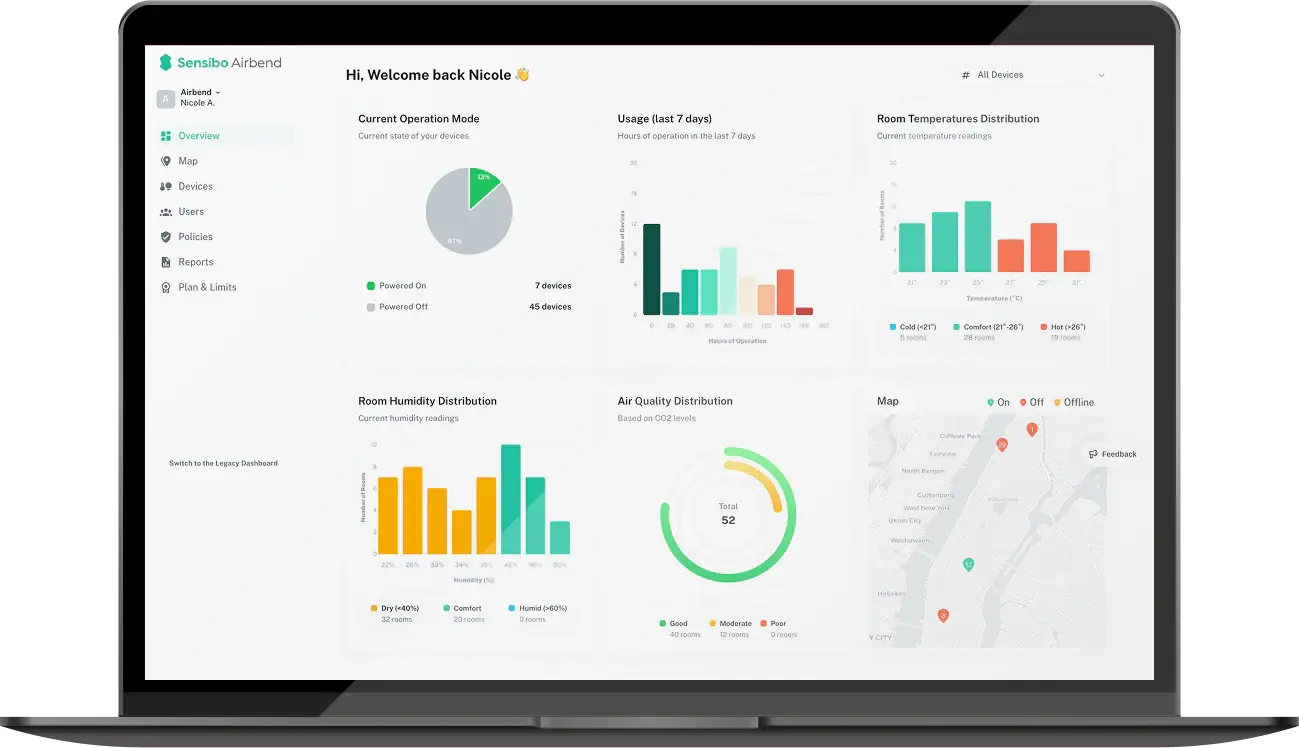






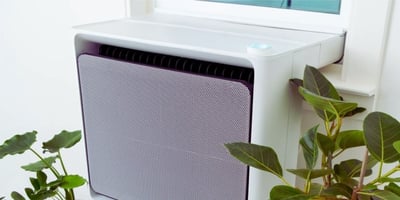
.jpg?height=200&name=photo_2024-01-16_18-35-46%20(1).jpg)

